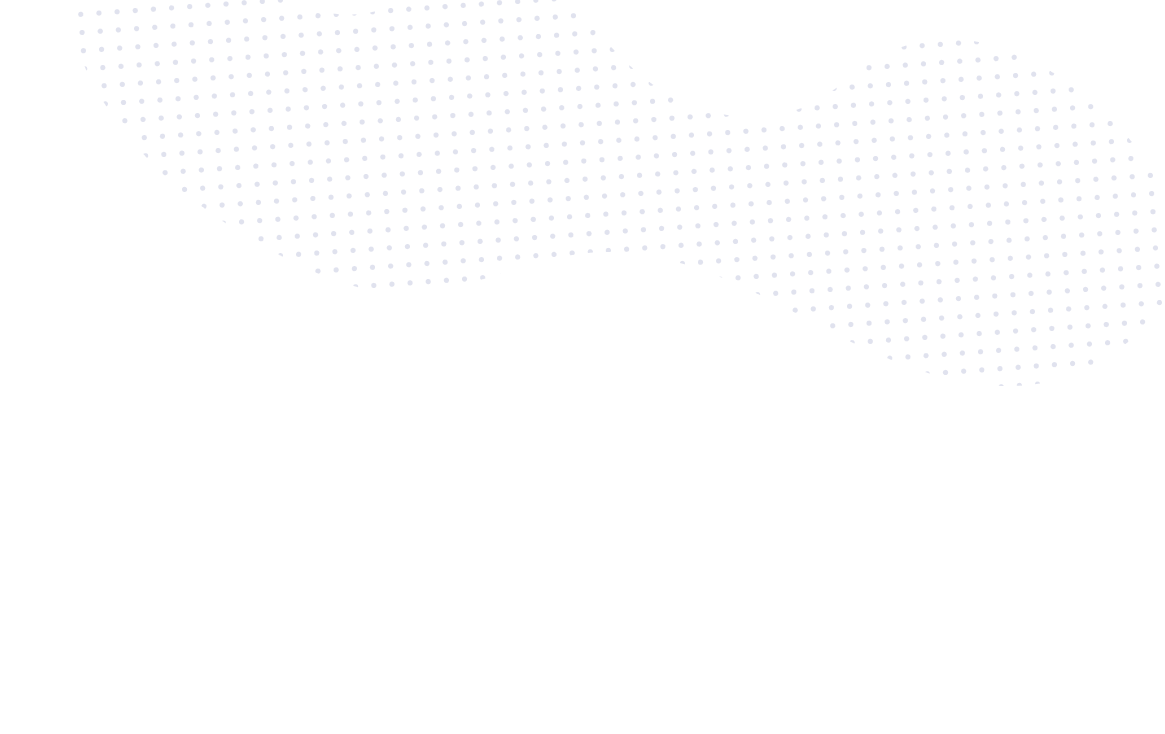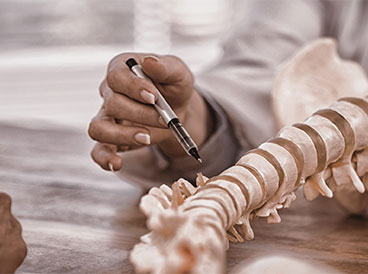Osteopathy
section-ba44657

Osteopaths are known as watchsmiths of the body, with expertise in finding the source and treatment for aches, pains, nerve conditions and chronic problems that have not succeeded with therapy or spinal corrections.
With detailed knowledge of vessels, nerves, glands, organs, and interconnecting fascial layers, osteopathic manual therapy and injections can even help in conditions from recurrent infections to asthma, from COPD to reflux, and even with urinary incontinence and constipation.
section-9ad687c
Injury, Arthritis, & Common conditions
Commonly movement problems and pain comes due to mechanical joint, muscle and nerve condition. Inflammation from injury or slow arthritis creates swelling that shuts down signal to muscles. We use a variety of techniques, from joint mobilization, to strategic rehab bracing, and even prolotherapy and PRP to get you more recovered, and in much faster time, than traditional physical therapy.
Without a solid rehab and recovery, nerve miscoordination and congestion of circulation turns off muscles and set-up trigger points in them. All these stresses and strains will tend to keep tension on joints and tending, resulting in what we later see as "arthritis". That is not a life sentence. Usually the "extra bone" is not a painful problem.
Advanced and Complex Conditions
Osteopathy attends the disturbed motion, diagnosed through reflex function among nervous, lymphatic, circulatory, alimentary and respiratory tides.
We can pull through a complex history of injury, trauma, medical and surgical issues. Usually find the single stuck rib or stomach bloating from poor food combining that plagues the back, neck or shoulder pains that won't respond to simple therapy. Osteopathic approach can also re-coordinate functioning when those structural approaches are blocked by reflexes.
Our Clinical Approach
Sometimes lack of physical conditioning, emotional overload, or traumatic stressors will set off protective reflexes that resist movement and risk injury with overstretching or forceful adjustment.
Much safer than trying to force movement, Osteopathy diagnoses and resets nervous system reflexes first. Our approach uses more gentle maneuvers to remind the body it is safe to move again, then it is usually easy to build trust and correct the mechanics. Non-force options for elderly, bone thinning, and cancer.
Occasionally there are complex conditions due to diseases of other systems, accumulation of injuries/surgical, or intense trauma. We follow careful trials of single and combined therapies to unwind the history of protection and dysfunction in your body and get you back to better movement, better living.
Common Osteopathic Techniques
Spinal Mobilization
Many people find that "adjustments" from an Osteopath involves more time finding precise positioning and smaller spinal movements than compared with Chiropractic.
Muscle Energy Techniques
We utilize breathing and small movements to remind the body it can move safely. Sometimes there is no need to adjust a joint, or it happens much easier. We also use these techniques to re-train muscle coordination.
BOM reflexes (Brain-Organ-Muscle)
Your organs can go "on guard", diminishing nerve signal to muscles and joints that use the same nerves. Like tuning a piano, it takes sensitive fingers to "flip the circuit" and remind the body it is okay. This also helps us be on the lookout for other diseases, and order appropriate labs and studies.
Core Synch
The earliest cyclical movement in mammals is the craniosacral ebb and flow, and other movements must synchronize with rhythm of this fluid tide. Many are surprised that the most gentle touch can sometimes have the strongest effects.
Strain-Counterstrain
Sometimes an injury, awkward position or fast movement causes muscles on either side of a joint to "seize up". One side doesn't want to but go because the other is pulling too hard, and vice versa. This technique gently the position of seizing up, and use a specific points to carefully encourage each side to give a little.
Integrative Myofasical Techniques
Around every organ, muscle, tendon, nerve, vessel is a thin sheath of what is known as "fascia". This fascia runs throughout the body, connecting everything. In some areas, there is thickened fascia that can bind groups of muscles. Sometimes this forms uniquely based on our individual movement patterns, and other times it binds to help make movement easier after injury or from bad posture. The fascia can get soft, or it can get dry and retract. It takes careful technique, and understanding of overall biomechanics, to get fascia to release and also retrain the body and brain to "live into" new movement patterns. Long-standing chronic conditions, that seemed to keep coming back, usually require this kind of repatterning.

